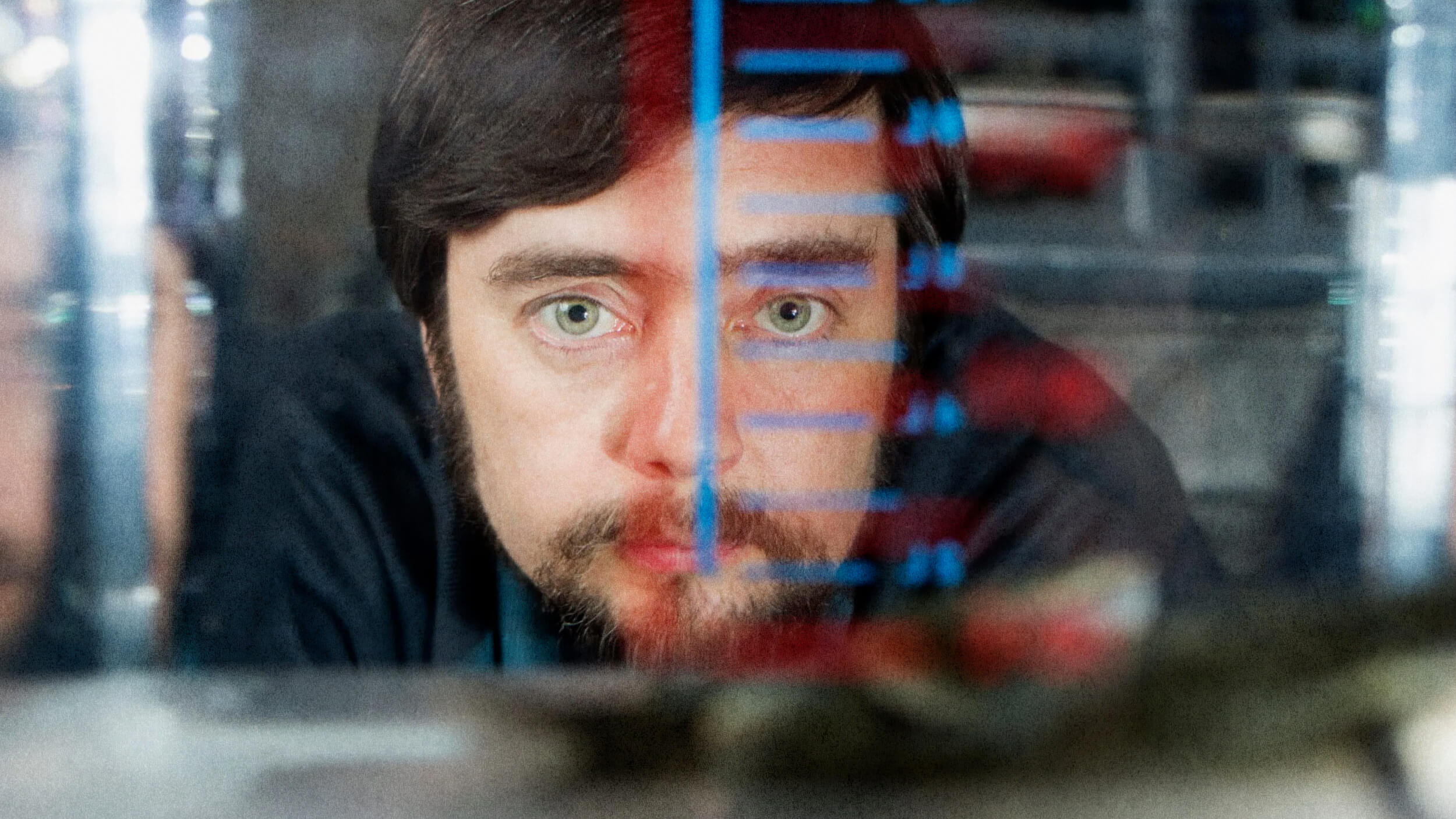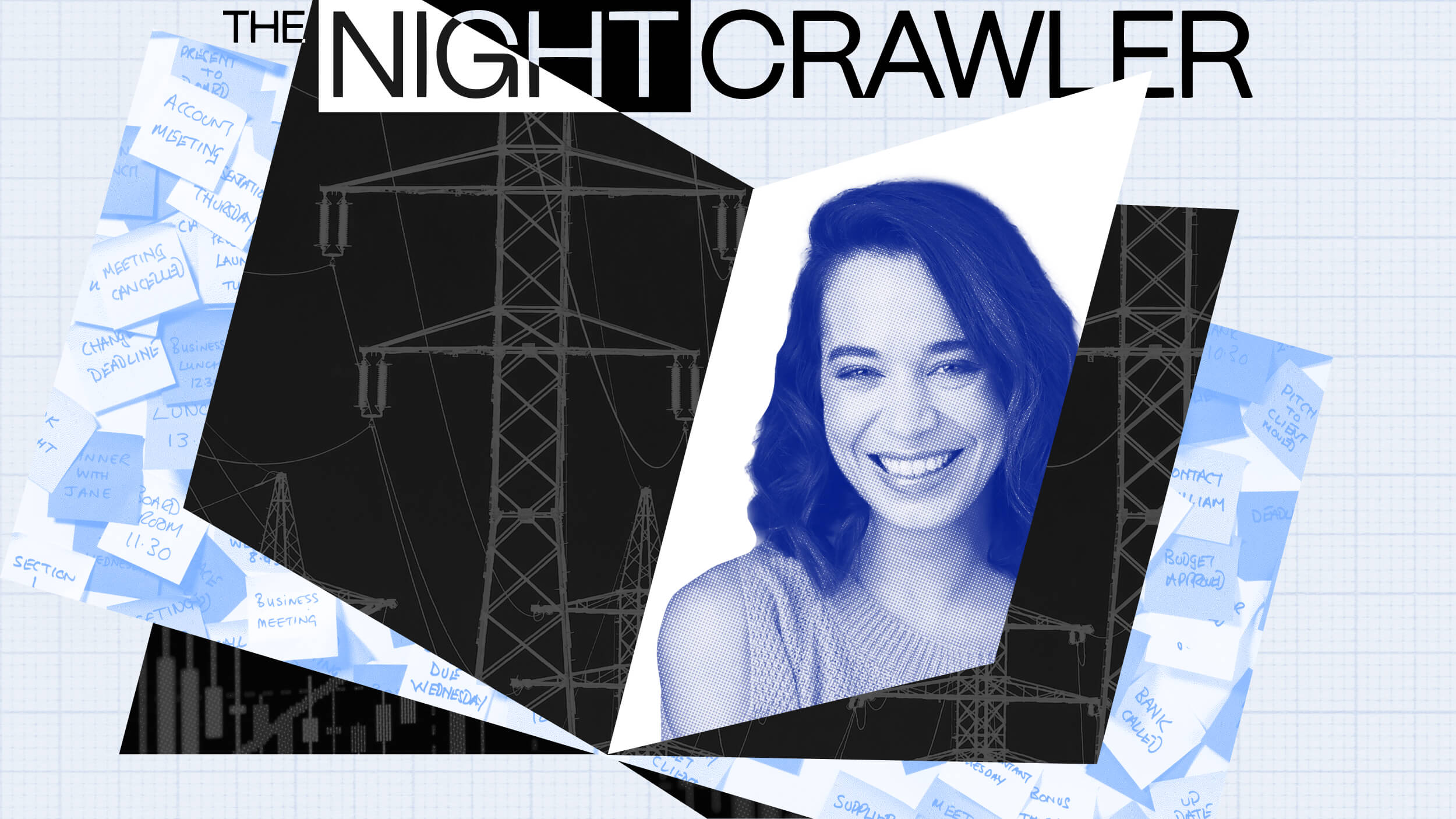The author is inspired by his friend Christopher Hitchens’ heroic effort to live, to write, and to continue to be himself even while he very publicly battles cancer.
Question: How difficult is it to watch your friend Christopher Hitchens’s very public battle with cancer?
Salman Rushdie: You know, you start losing people and people start getting seriously sick. And I mean I had a moment about a decade ago, just over 10 years ago, where when we were all around 50 where 3 people that I was very close to, 3 writers—Raymond Carver, Bruce Chatwin, Angela Carter—all, give or take a year, around 50 years old—50, 51, 52 years old—all dropped dead within a year of each other and that felt like... It feels like a hole in the world when somebody that has been an important part of your life, of your own being in the world suddenly there is just an absence where there used to be a presence. And of course one of the things you lose—I wrote about this when Angela died—is that you lose a version of yourself. You lose yourself as that person saw you and responded to you.
I think the great thing and one of the things and what Christopher Hitchens is doing, I think, magnificently demonstrates is that you have to live until you die. And that is great phrase from Joseph Conrad from the now improperly titled "Nigger of the Narcissus," where the title character is extremely ill and obviously dying on a boat and his shipmates ask him, “Why did you come on the boat? You must have known you were not well. Why did you come on the boat when you knew that you were seriously ill?" And he says this famous line. He says, “I must live until I die, mustn’t I?” And I think that is the answer to being human, is that we all... it’s going to come to all of us, but the point is to use the time you have. And I think that is what Christopher is doing in the most laudable way. He is making this heroic effort to live, to continue to be himself, to argue, to write, to debate, to speak, to speak out if you like and to continue to be himself in the world and I think that is all any of us can do.
Recorded November 12, 2010
Interviewed by Max Miller
Directed / Produced by Jonathan Fowler






